It’s Christmas Day. An annual event commemorating the birth of Jesus Christ. He was a healer, and in the most empowering of ways. Sometime just through simple touch. He was also an outcast, decried by the elites of his time, he was sentenced to death by Pontius Pilate the Roman governor of Judaea under the emperor Tiberius. Sentenced to death not because he stole something, or killed someone, but because he challenged their authority and more than anything else tried to bring people together.
Two thousand years later, and I’ve woken up this morning to a story in the Epoch Times about Fired Health Care Workers in the US.
Many health care workers, once hailed as heroes for working throughout the pandemic, now settle into the holiday season without jobs because of their personal medical decisions.
In North Carolina, Carlton DeHart was working as an advanced heart failure coordinator nurse for the Novant Health Presbyterian Medical Center in Charlotte when she was fired in September for not meeting the deadline to get vaccinated.
Because DeHart was undergoing fertility treatment, she told The Epoch Times, she decided against it, adding that she didn’t feel comfortable ‘adding a not-long tested unknown into my body.’
She chose not to file for an exemption because, she said, ‘it’s a form of compliance.’
She doesn’t regret the decision, she said, and with the reducing rates of efficacy, changing definitions of what it means to be fully vaccinated, increasing reports of side effects, and the censorship surrounding the COVID-19 vaccines, she’s ‘still determined not to comply.’
Though DeHart misses her team and her patients, she said doesn’t miss the ‘top-down draconian hospital politics’ that pushes allopathic treatment.
Her hope is that the firings will propel a new medical community forward that doesn’t lean into the heavily prescribed drugs, radiation, and surgery but into more innovations outside of orthodox medicine.
‘I think we were moving that way anyway because people weren’t happy with the corporate care they were getting, and this will hurry that along,’ DeHart said.
Today, on this Christmas Day, my heart goes out to all of those who have chosen to transcend the corporate and the mandated and to try a different way.
****
I’ve extracted the feature image (at the very top of this blog post) from some drone footage shot by Stuart Ireland flying behind Russell Island from our little boat Kiama, with Rob McCulloch and me.

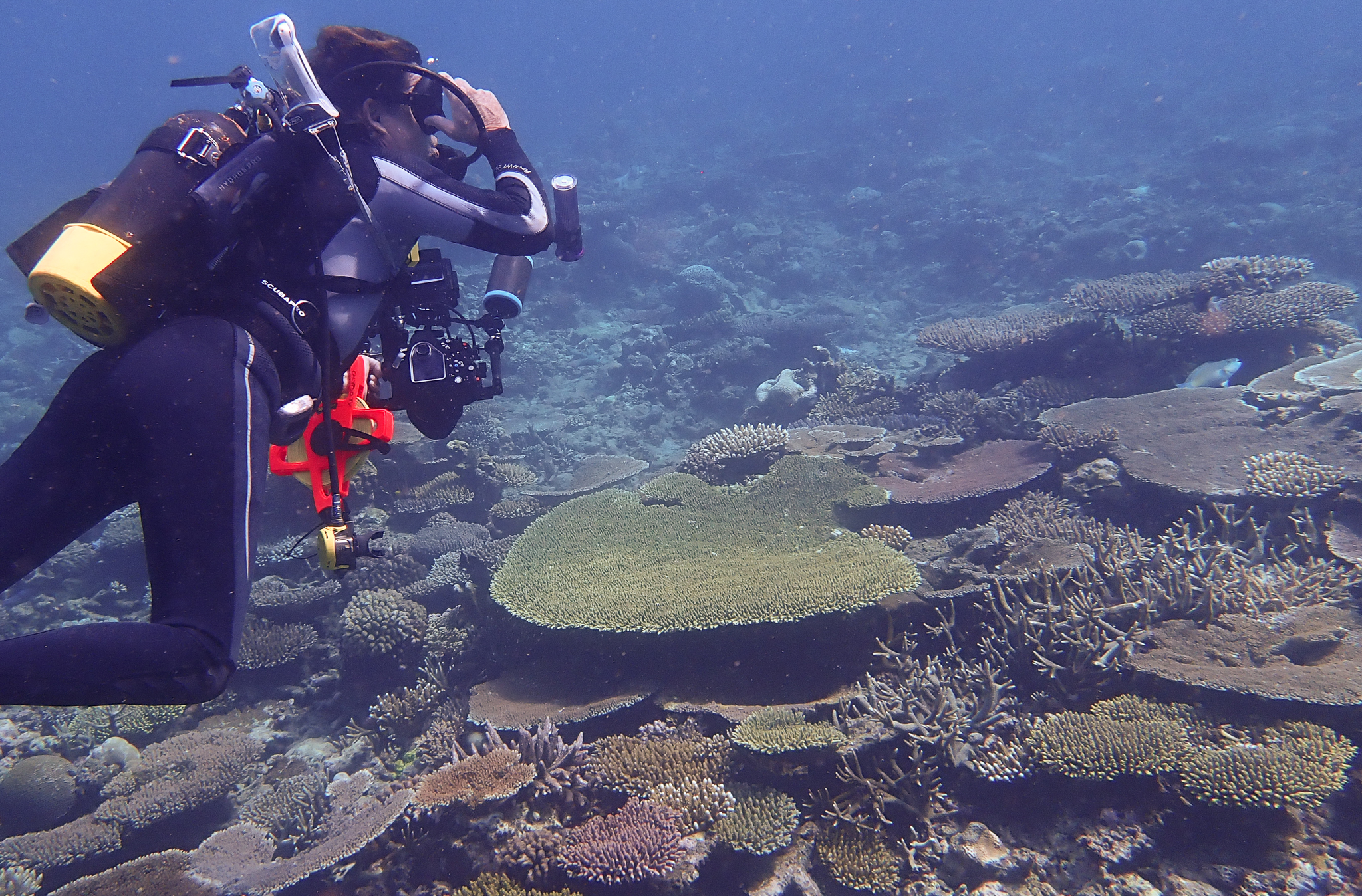

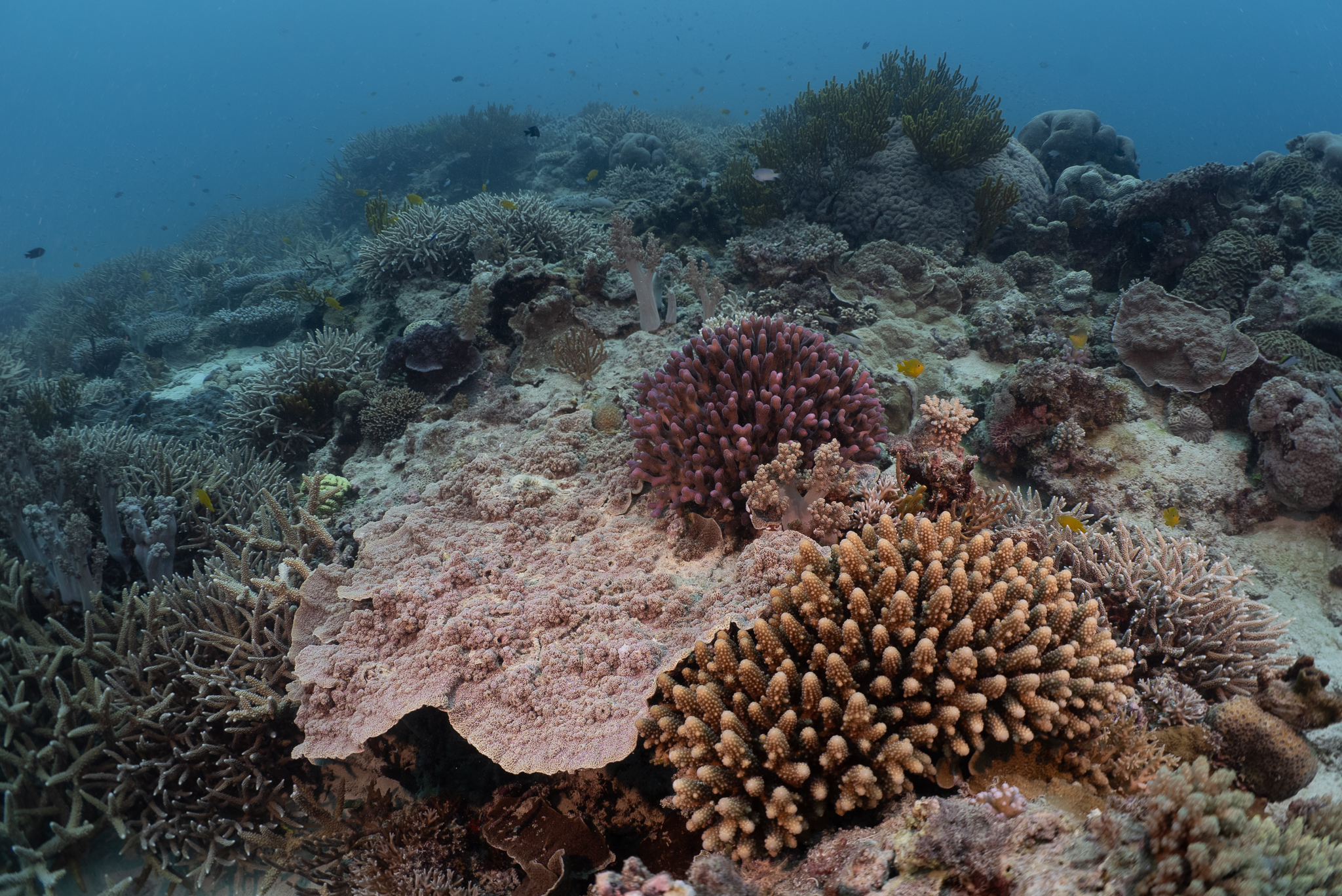
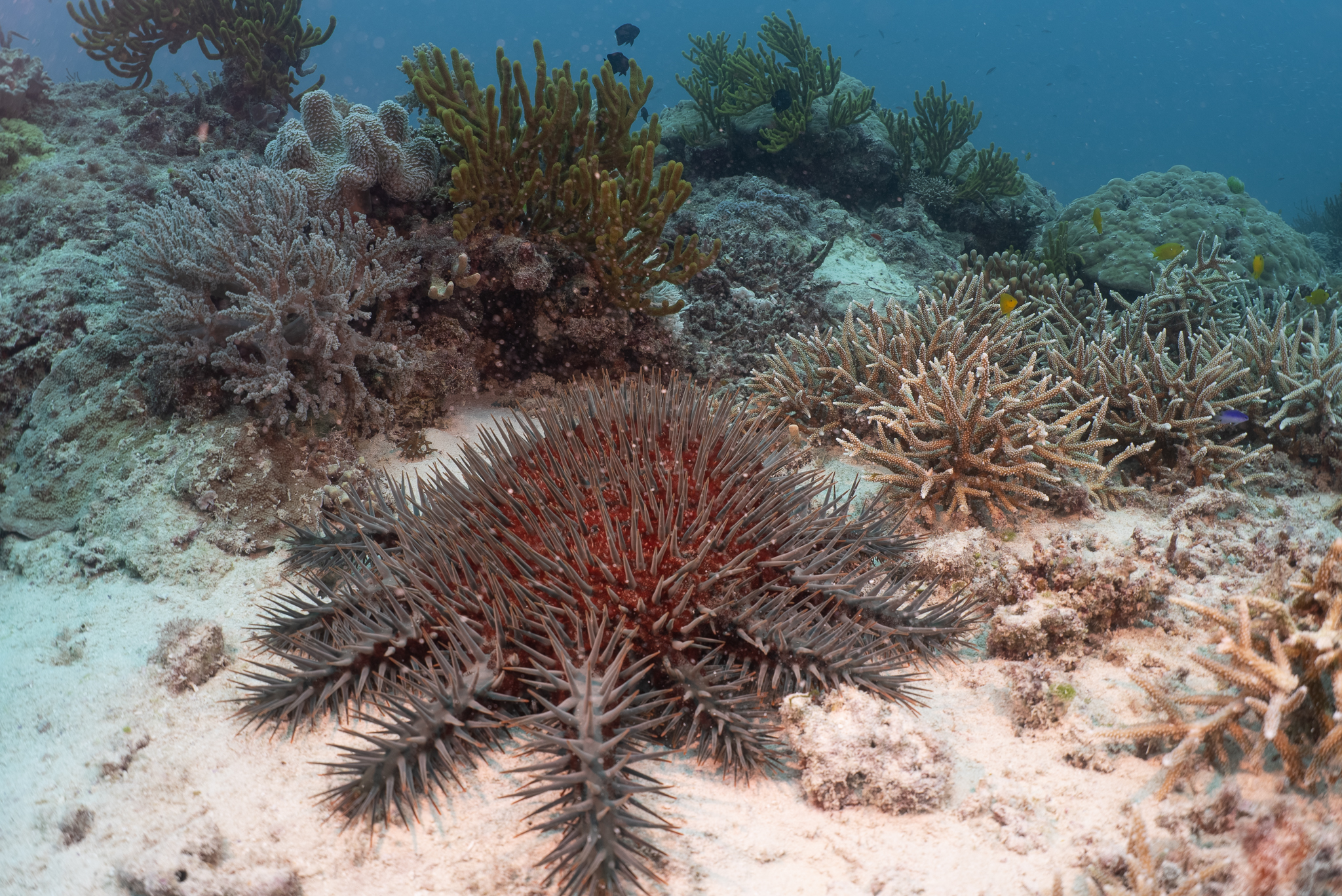
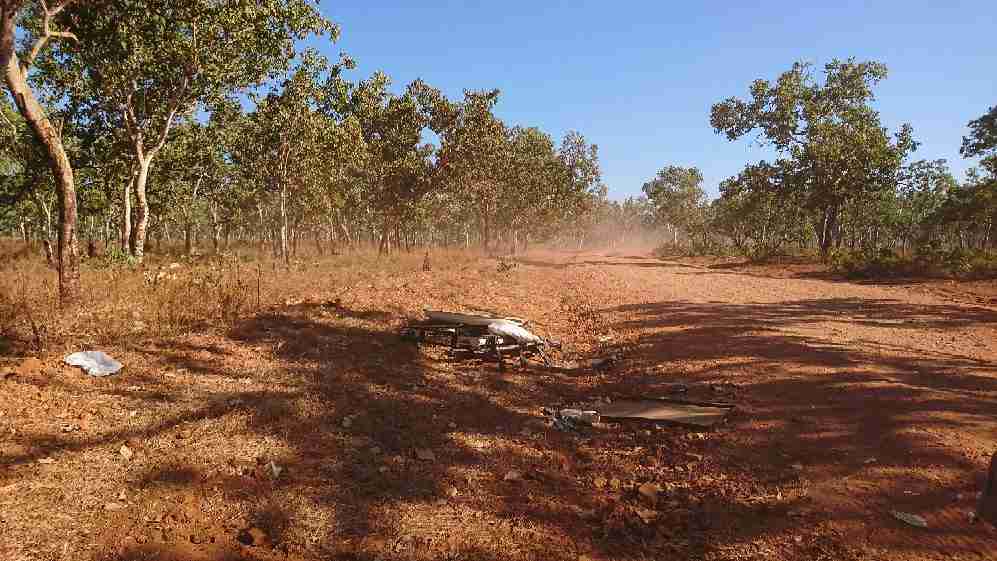
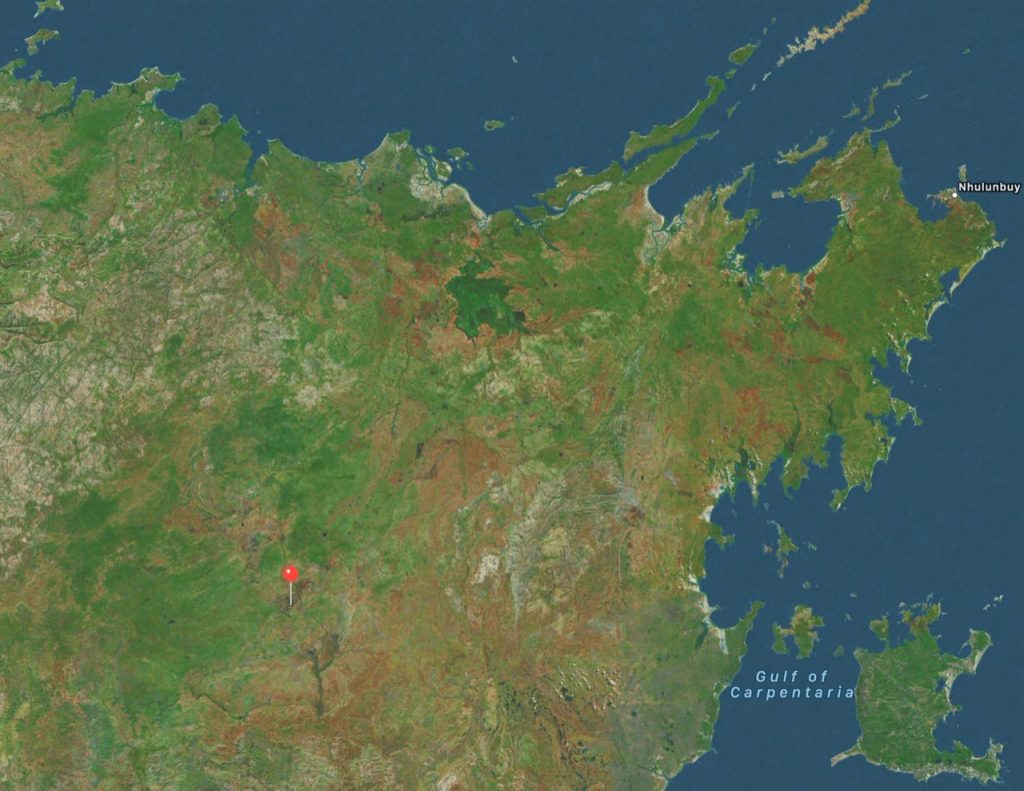
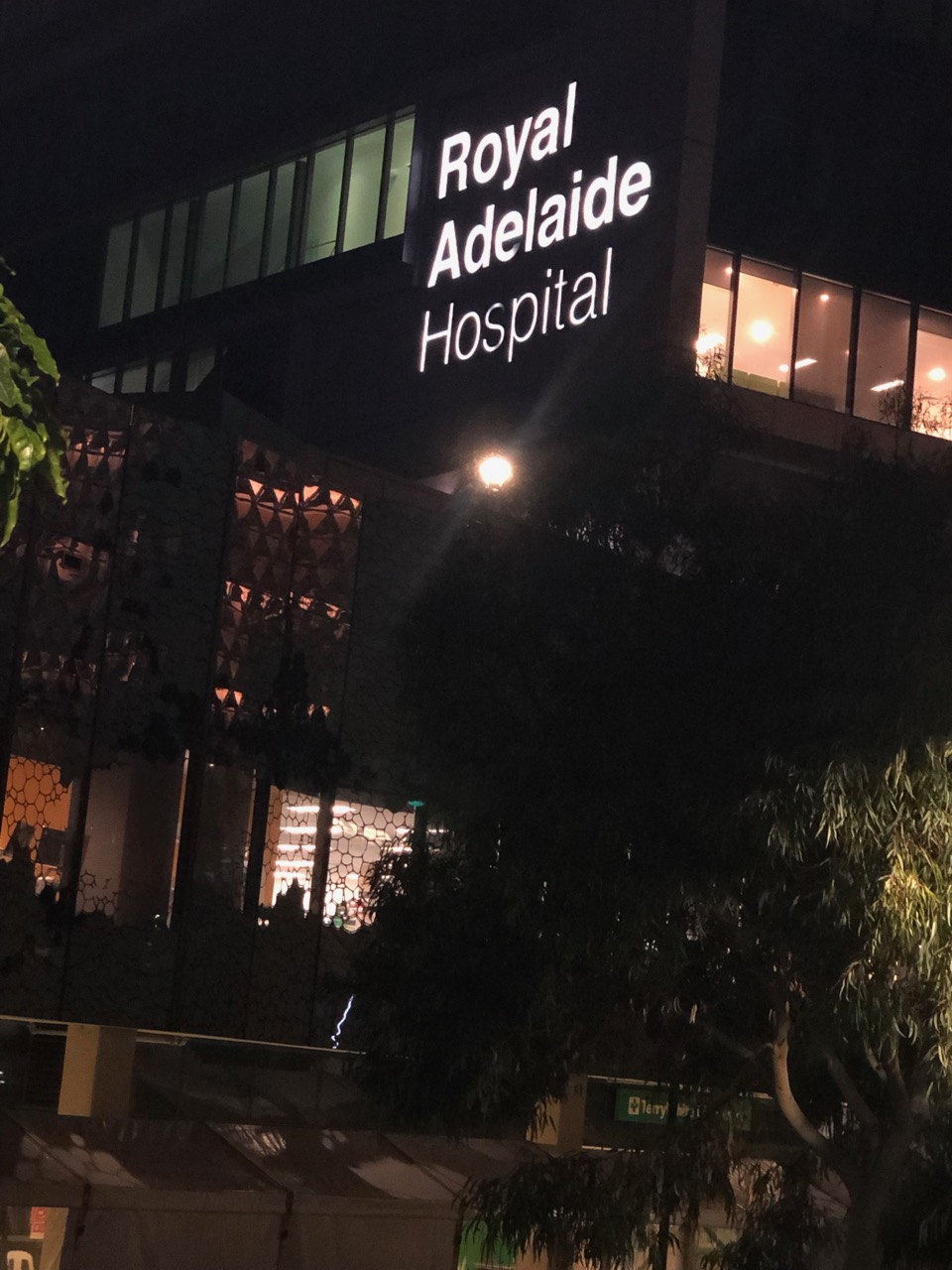
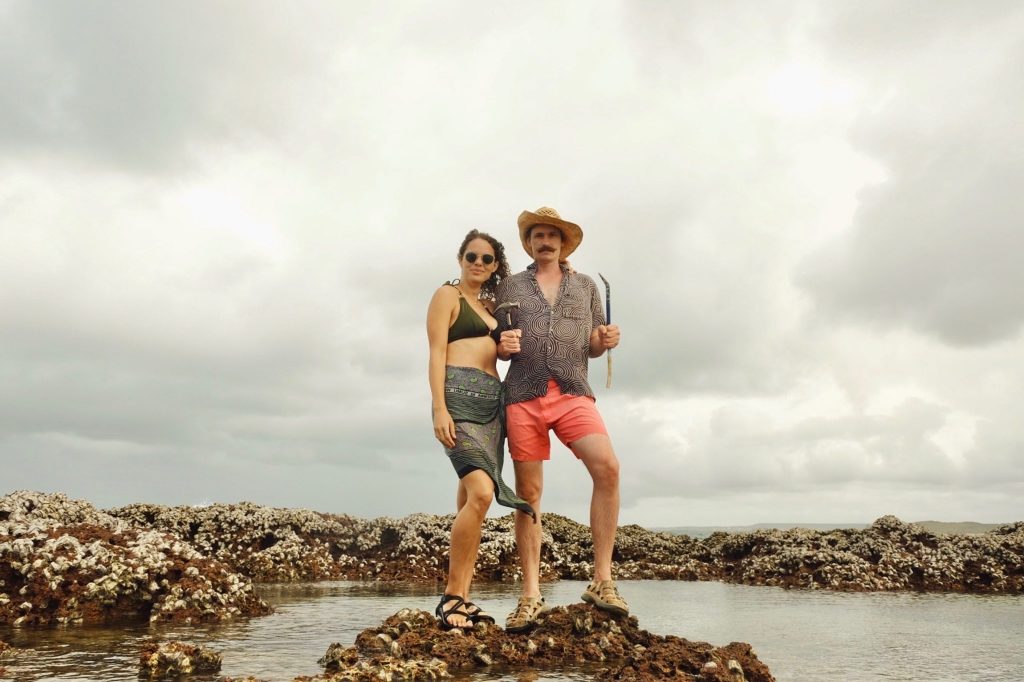


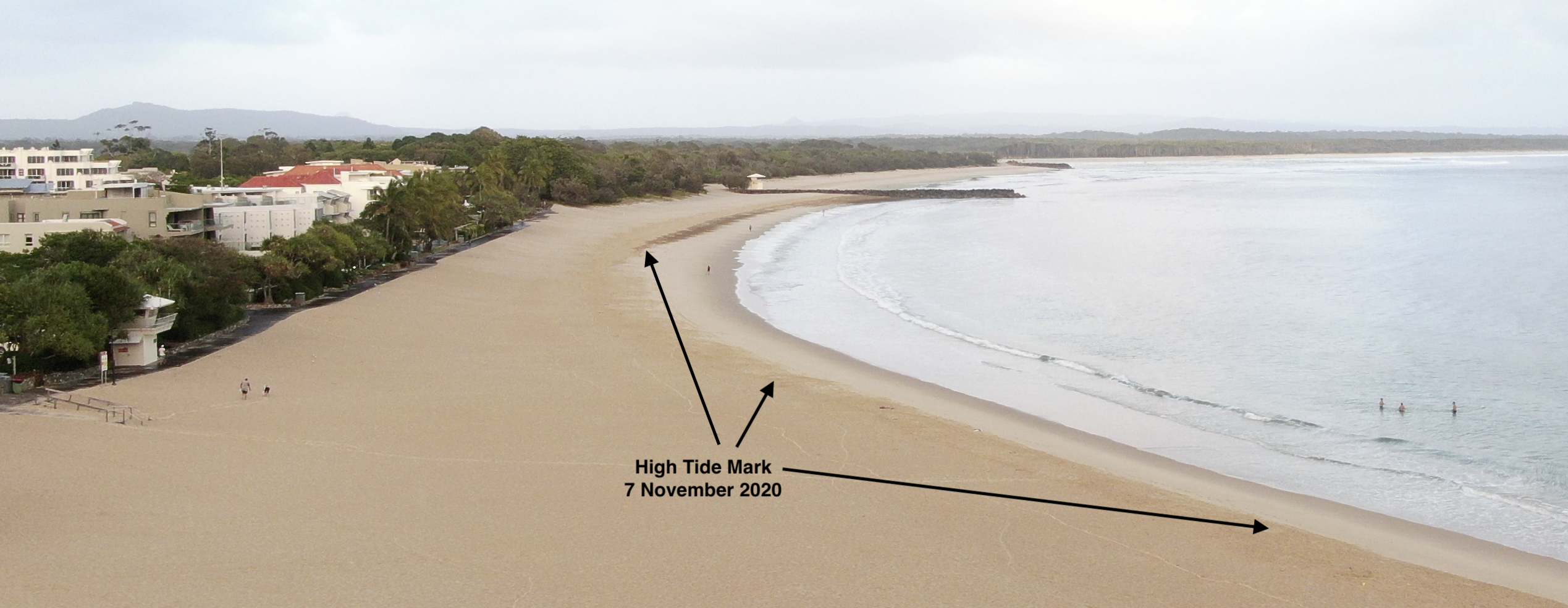
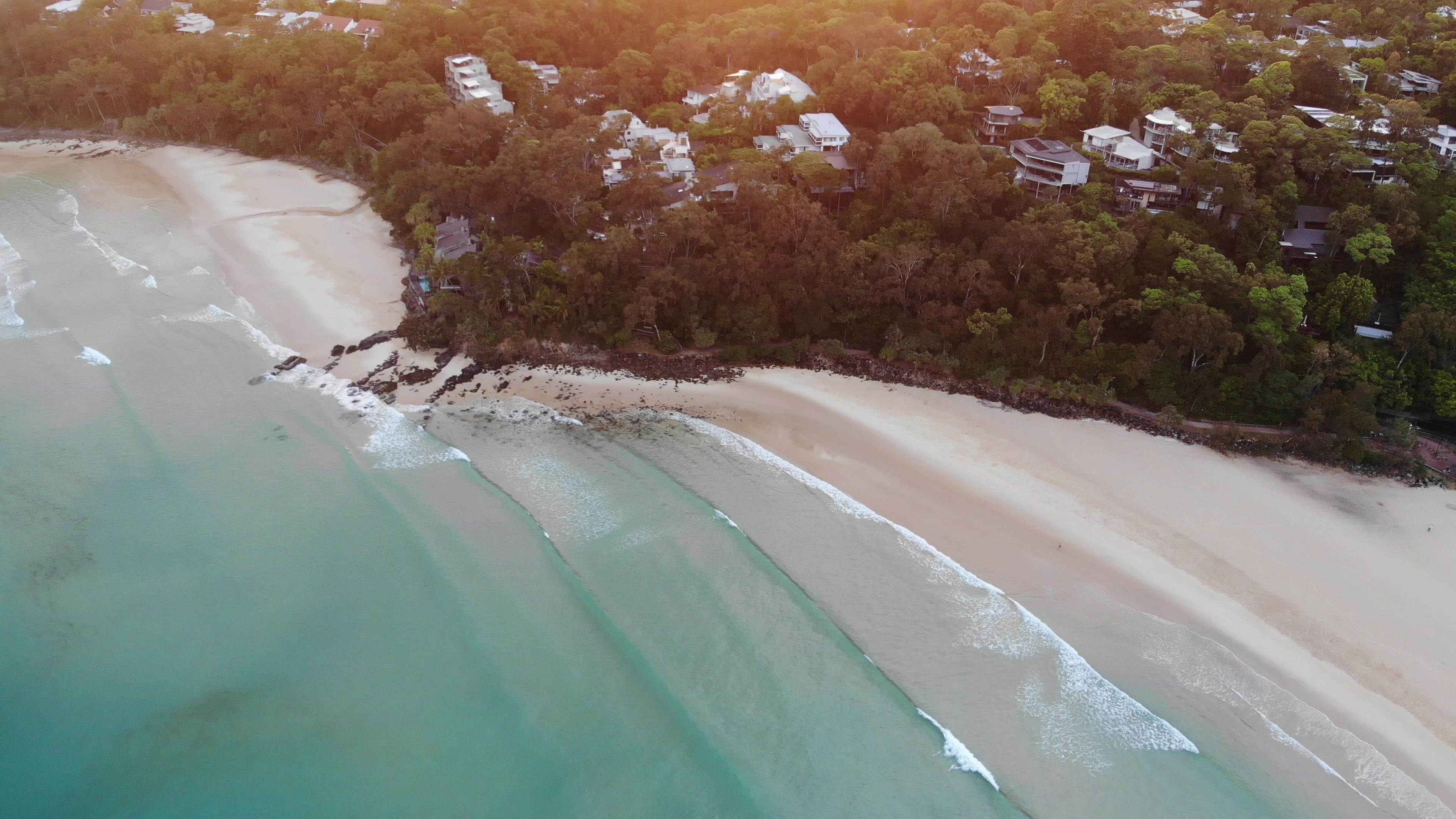
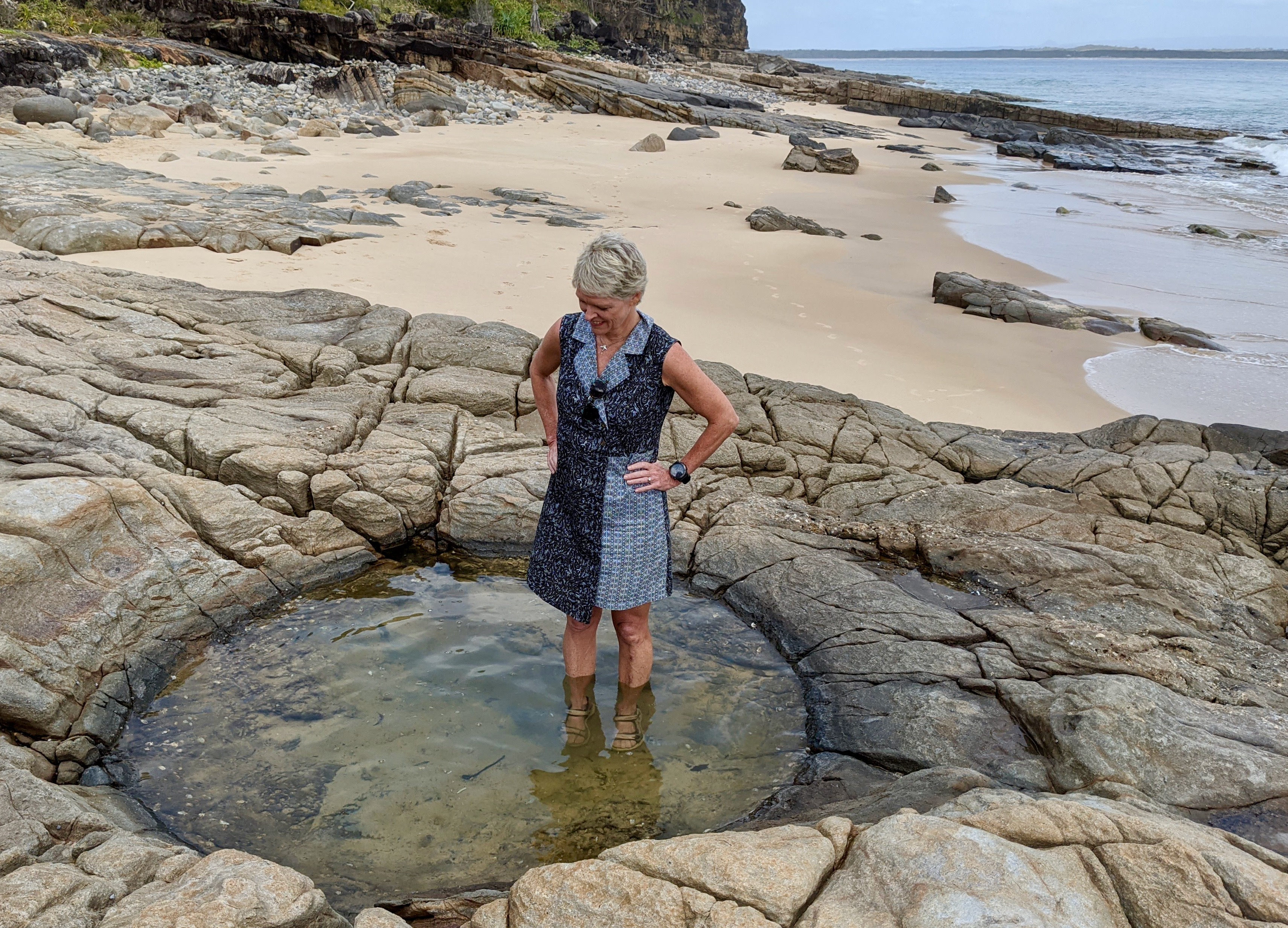
 Jennifer Marohasy BSc PhD has worked in industry and government. She is currently researching a novel technique for long-range weather forecasting funded by the B. Macfie Family Foundation.
Jennifer Marohasy BSc PhD has worked in industry and government. She is currently researching a novel technique for long-range weather forecasting funded by the B. Macfie Family Foundation.